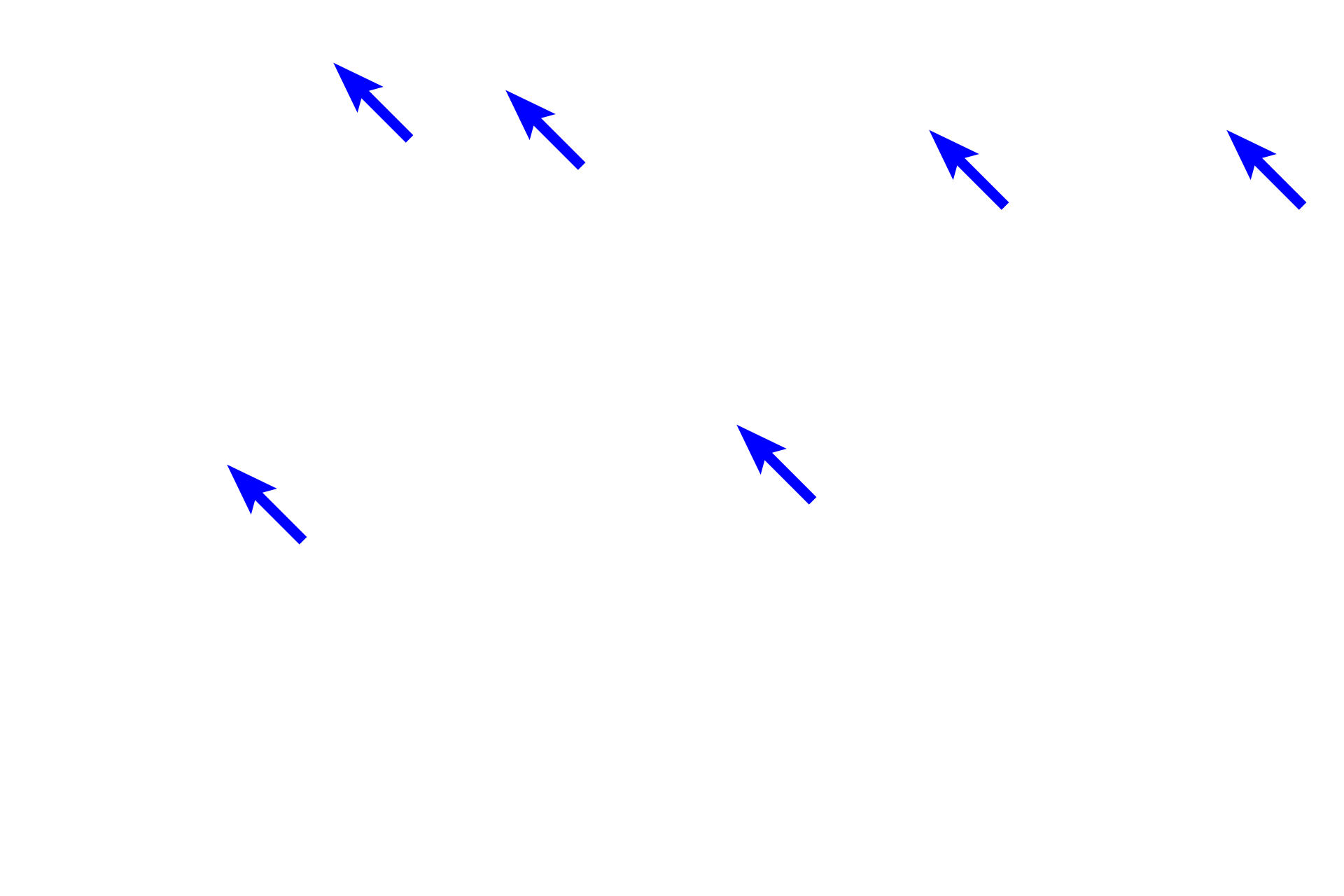
Connective tissue proper classification overview
In a typical organ, loose connective tissue is located immediately beneath an epithelium, providing padding, allowing diffusion and cellular migration, but offering little strength. A thicker layer of dense connective tissue, typically underlying the loose tissue, possesses larger caliber collagen fibers that provides strength and resistance. These sections of small intestine (left) and skin (right) illustrate this organization. 200x, 400x

Epithelium
In a typical organ, loose connective tissue is located immediately beneath an epithelium, providing padding, allowing diffusion and cellular migration, but offering little strength. A thicker layer of dense connective tissue, typically underlying the loose tissue, possesses larger caliber collagen fibers that provides strength and resistance. These sections of small intestine (left) and skin (right) illustrate this organization. 200x, 400x

Loose connective tissue >
Loose connective tissue is present beneath all epithelia and is highly vascularized. The high content of ground substance and the loose fiber arrangement provide padding and allow for diffusion and cell migration. The loose connective tissue in the small intestine is highly cellular due to migrating white blood cells.

Dense connective tissue >
Dense connective tissue, underlying the loose connective tissue, has larger caliber collagen fibers and fewer cells than does loose. In the left image, a thin band of smooth muscle (X) is interposed between the two connective tissue layers. In the right image, the two connective tissues blend directly into each other.

Glands >
The glands seen in the left image are formed by deep invaginations of the epithelium and, thus, are immediately surrounded by loose connective tissue. Glands are also present in skin (right image), though not visible in this section.

Image source >
Image taken of a slide in the University of Michigan collection.